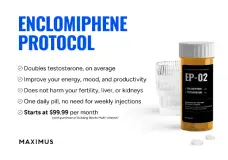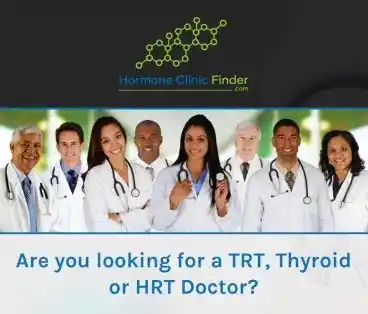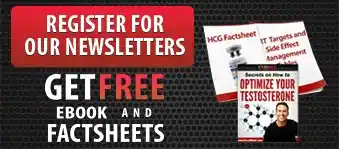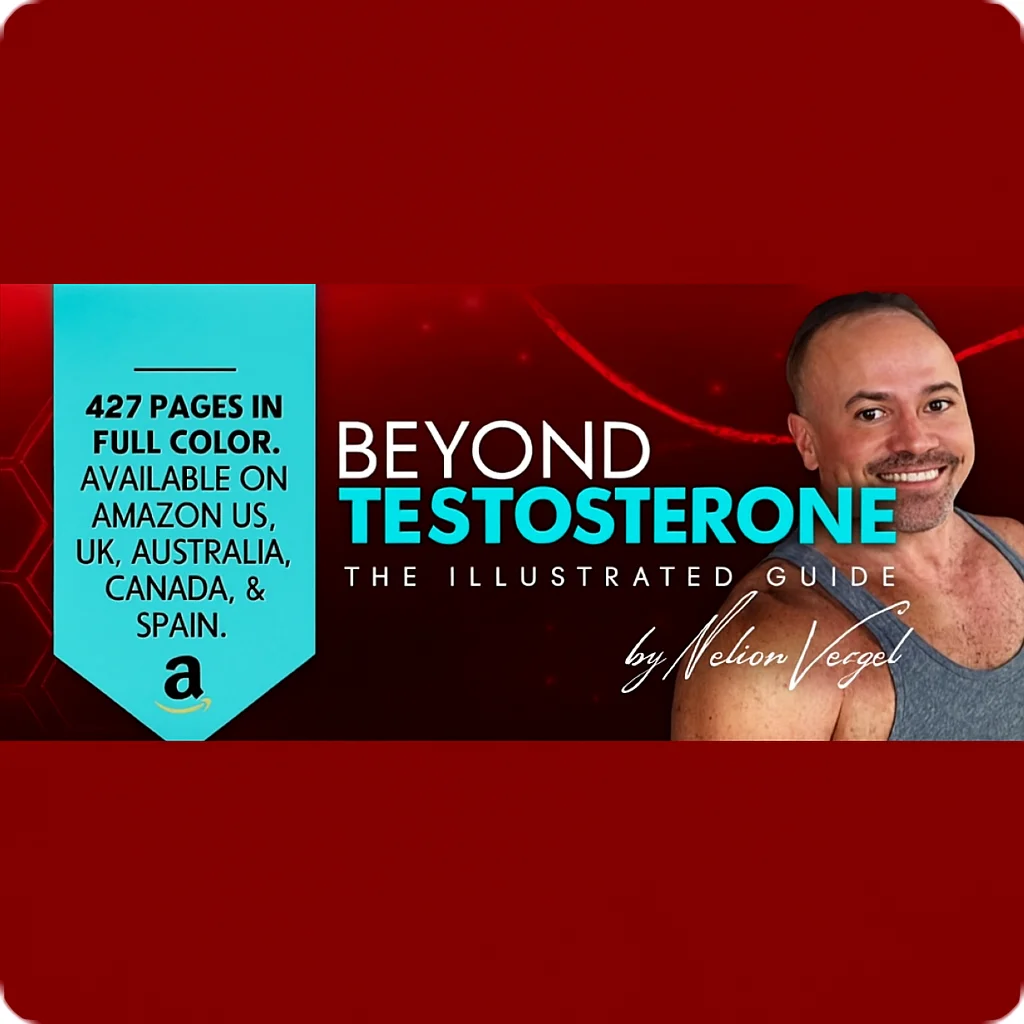This experiment has not gone very well for me so far. I've been on hCG for over a month now, with some varying doses at first but settling at 150 iu daily, combined with 15 mg test cyp daily. I did feel some improved sensitivity in the beginning, which went away. I also noticed signs of life in the testicles, like sensations of pressure or tingling.
There are two serious issues that developed though. First, very bothersome (painful, itchy) cystic acne on my chest and back. In the past, I've recorded free T as high as the 90's ng/dL and E2 also ~90 pg/mL without encountering this problem, so I am confident the mechanism is not related to either of those hormones. The potential mechanisms here are interesting (GPT):
1. Direct activation of sebaceous LH/hCG receptors
- Human epidermis, hair follicles and sebaceous glands express full-length luteinizing-hormone / hCG receptors capable of binding radiolabeled hCG.PubMed
- In cultured SEB-1 sebocytes, hCG (or db-cAMP/forskolin) boosts de-novo testosterone synthesis from cholesterol, showing that the receptor is not just decorative.Wiley Online Library
Why this matters: you can keep serum T/DHT modest while still delivering a local “micro-dose” of androgens right inside the follicle where acne starts.
2. Adrenal back-door androgens
Adrenal cortex (zona reticularis) also carries LHCGR. hCG infusions or tumors that over-secrete hCG raise
DHEA-S and androstenedione independent of ACTH.
PMC These weak androgens are ideal sebocyte fuel because they are rapidly converted to T → DHT inside the skin. In some men they rise more than T does, tipping the local androgen balance.
3. Progesterone & pregnenolone surge
hCG stimulates the whole Δ5 steroid pathway in the testis; pregnenolone and progesterone can jump 5- to 20-fold in classic stimulation tests.
- Sebaceous glands express functional progesterone receptors as well as 5α-reductase; progesterone metabolites (5α-dihydroprogesterone, allopregnanolone) have been shown to up-regulate sebocyte lipogenesis in rodents and some human models.PubMed
Even if serum levels stay in the “normal male” range, the combo of higher substrate plus receptor activation can amplify sebum output.
4. IGF-1 crosstalk
hCG up-regulates
IGF-1 receptor mRNA and surface density in steroidogenic cells through a cAMP pathway.
PubMed IGF-1, in turn, is a well-established sebocyte mitogen that also boosts IL-1β, IL-6, IL-8 and TNF-α production.
Annals of Dermatology
If your baseline diet/hormone milieu already keeps IGF-1 on the higher side, the receptor up-regulation makes sebocytes hypersensitive to the same IGF-1, adding an inflammatory layer to the androgen hit.
5. Inflammatory priming via cAMP → NF-κB
LHCGR is a Gs-coupled receptor; in sebocytes the resulting cAMP/PKA signal can feed into CREB and NF-κB, transiently raising pro-inflammatory cytokines even without bacteria. That helps explain why some users report
red, inflamed papules within 24–48 h of each hCG shot before any comedones mature.
Secondly, this protocol absolutely crushed my libido, taking my previous 3-4 out of 10 on 35 mg test cyp EOD (no hCG) down to zero. I am finding my attractive wife almost repulsive right now. Again, I have had very high E2 before without experiencing anything like this, so that seems unlikely as the culprit. I ran some comprehensive bloodwork a couple days ago which will hopefully shed some light on this, including DHT, preg, prog, 17-OH prog and prolactin along with the usual markers. I would guess that the progesterone and allopregnanolone surge is probably involved, as I have reacted similarly with dead libido after previous experiments with injected and topical progesterone. Perhaps a dropping DHT/E2 ratio relative to my TRT monotherapy baseline could also be a factor.
If I were not going on a family vacation next month where my shirt was going to be off all the time, I might experiment with a lower hCG dose like 75 IU daily. For now, I have to prioritize clearing up my skin, so the hCG experimentation is over for the moment.












